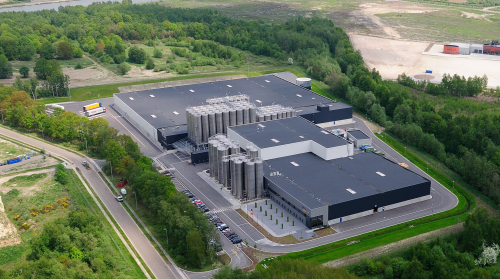
SABIC began work on a new production line last month. It is scheduled to open in the second half of 2013.
“When we constructed the Genk facility, we proactively built in scalability in anticipation of customers’ future needs,” says Leon Jacobs, SABIC Innovative Plastics’ Automotive leader in Europe.
“It took only two years before we needed to scale up with this new, state-of-the-art production line because our STAMAX composite resins have become a material of choice for a growing number of automotive applications.”
STAMAX is also available from SABIC’s Bay St. Louis, Mississippi, USA, site which opened in 2011.
Automotive applications
STAMAX is used in automotive front-end modules, door modules and seating structures – is now used on tailgate structures and is also making inroads in under-the-hood applications where heat is non-critical.
According to SABIC, STAMAX long glass fibre polypropylene composite delivers similar stiffness performance to polyamide-steel hybrid (PA hybrid) systems, yet eliminates the steel beam reinforcement.
SABIC's Sustainable Product Scorecard, verified by GreenOrder, reports that an automotive front-end module made from STAMAX composite can result in up to 44% lower energy footprint compared to a PA hybrid alternative from material sourcing through the end of product life, mostly as a result of the weight savings during vehicle use. Making 200 000 front-end modules with STAMAX versus a PA hybrid solution could save enough energy to power 14 900 homes in Europe for one year.



